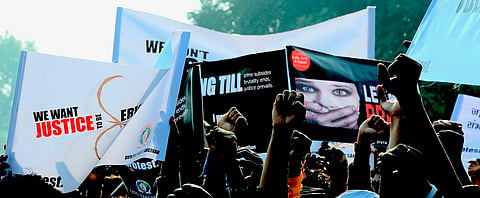News
Women’s Rights Groups urge CJI to reconsider Section 498A Judgement
A group of 16 women’s rights organisations has sent a memorandum to the Chief Justice of India asking him to review the decision in Rajesh Sharma v. State of UP, delivered by a Bench of Justices Adarsh Kumar Goel and Uday U. Lalit on July 27, 2017.

